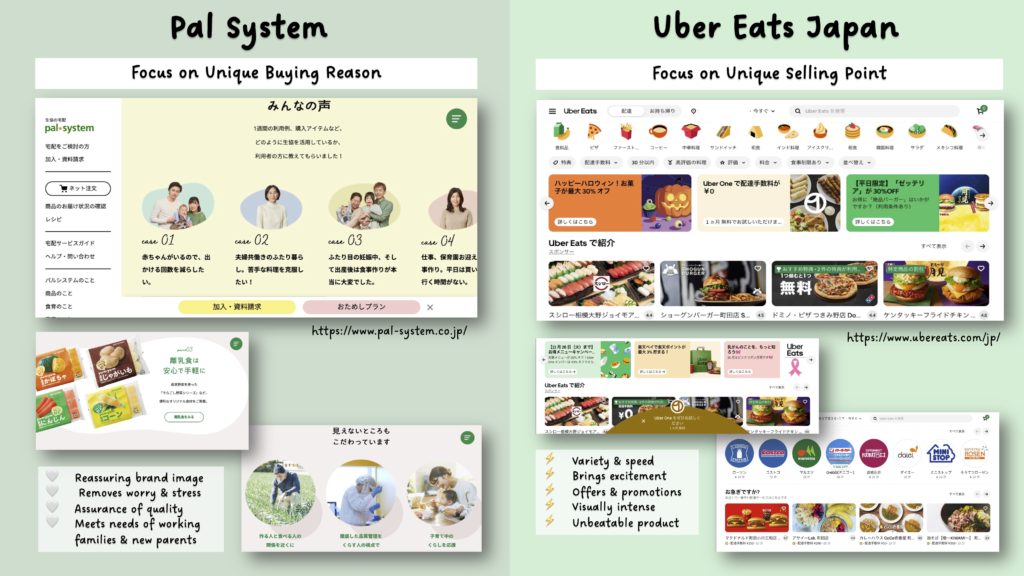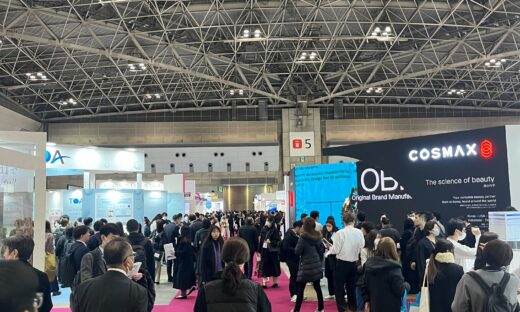The New Concept Taking The Marketing World By Storm

Forget about marketing your product’s Unique Selling Point. From now on, it’s all about your customer’s own Unique Buying Reason.
We have all heard of motivation. Motivation helps us get up in the morning, move our tasks forward and make the most of the resources we have. You are probably also aware that motivation can be intrinsic or extrinsic. Intrinsic motivation is often seen as more authentic, coming from a deep reason such as personal interest or emotion. On the other hand, extrinsic motivation characterizes an external stimulus, such as a deadline.
In the same way, the marketing buzzword “USP” or “Unique Selling Point” typifies an external stimulus to get buyers to purchase your item. Companies focus on making killer products that buyers are unable to refuse, creating an extrinsic reason to purchase the product. But, what if I told you that companies have been going about marketing all wrong? That is the thinking behind the new marketing term “UBR” or “Unique Buying Reason.” In this article, our editorial team examines this new buzzword which is taking the marketing world by storm, as well as what UBR means for foreign businesses entering the Japanese market.
What is USP?
The marketing concept USP (“Unique Selling Point”) has been around for decades, originating in 1940s America. The focus of this popular strategy is the uniqueness of the product. Companies must create a product which offers something which no competitor’s product can provide, be that in terms of functionality, appearance or service. Items should solve a specific need of the targeted user-base, which has been decided by the company. This methodology is similar to the “product out” approach adopted by companies such as Apple Inc. In this approach, companies rely on an exceptional product to create need in the market.
However, one issue with this approach is how company-centric it is. The product created is the product the company wanted to make. Sometimes, such a product can create industry-disrupting change, but on the flip-side, consumers may not be as interested in the product as the company expects. From the point of view of the customer, USP is unimportant. For this reason, marketing strategies focusing on USP can fail to resonate with customers.
What is UBR?
Unlike the USP, which aggressively prioritizes the product and the company’s vision, UBR (“Unique Buying Reason”) places the consumer at the center of the narrative. It is no longer just about what makes the product stand out; it is about what the customer wants to buy. What personal, emotional, or contextual reason drives them to make that decision?
UBR represents intrinsic motivation. Instead of telling a customer why they should want your product, UBR asks, “why does the customer need or desire your product in the context of their own life?” It gently considers what pulls the customer towards certain purchases. UBR considers what customers need in their lives and what they are searching for on a deeper level.
Why UBR Marketing Matters For Foreign Companies In Japan
Understanding your target audience in Japan and adapting your offering for them is one of the first areas we help clients work on at YOUNEEDS Co., Ltd. (“YOUNEEDS”). For foreign businesses looking to break into nuanced markets like Japan, understanding the cultural and emotional triggers that fuel consumer behavior requires examination of the market, and its consumers. A customer-first approach like UBR helps companies build deeper connections, especially in a market such as Japan’s, where relationships and trust are highly valued.
Foreign companies often expand into Japan with high confidence in the excellence of their offering. Such companies believe that their product and its USP are strong enough to create need in the foreign market. However, such companies may find that, no matter how well they adapt their offering, it may not meet a need for consumers in the new environment.
In the same way, companies must understand the different needs and concerns of Japanese consumers, in a holistic way. Switching their focus from USP to UBR can help achieve this. Landing pages of Japanese companies’ websites can be a good example of how UBR is put into practice, as they focus on the consumer’s pain point and elaborate why their product or service is the best solution, instead of laying the focus on the company and their product. In this way, foreign companies can learn how Japanese companies go about fulfilling the desires and needs of their customers.
Marketing Examples
An excellent example of a UBR is the Japanese cooperative company Pal System, which specializes in ingredients delivery. This company prioritizes fulfilling its clients’ needs by adapting to the preferences of its target customer base. With a focus on providing locally sourced, organic, and eco-friendly options for working families, Pal System builds loyalty and trust through its friendly messaging and reliability.
Pal System’s reputation precedes it, with many new members joining after having it recommended to them by a friend or family member. They take the needs of their target audience into account, and make sure to heavily tailor their offering. One example is their wide selection of baby foods, created to make the weaning process as worry free as possible for working families. With seasonal meal kits and locally sourced organic ingredients, Pal System unquestionably makes life easier and more reassuring for its client base.

In contrast, the meal delivery giant, Uber Eats Japan, is a strong example of a USP: they focus on attaining the widest selection of restaurants for home delivery, with speed and convenience as their bet on the market. This model allowed Uber Eats, under Uber Technologies Inc., to expand abroad with minimal adaptation – they have a product which is unique, capable of causing market-disrupting change. Their approach prioritizes accessibility and efficiency over customization, which defines them as the “fast and convenient” choice for home delivery.
In this way, these two companies exemplify UBR and USP approaches in Japan. Uber Eats Japan relies on the strength of its product and makes minimal adaptations for local markets, while the home-grown cooperative company Pal System builds trust by understanding its audience intimately, addressing their concerns, and meeting their specific needs.
How YOUNEEDS Can Help
At YOUNEEDS, we consider a UBR-focused approach more likely to yield success. Japanese consumers prize high-quality, well localized items and services which make life easier or save the household money. For this reason, we always encourage our clients to adapt their offering to the Japanese market after thorough market research.
While it can seem daunting to adapt a product for a new market, especially one with different regulatory practices, we are here to help. With our team of marketing experts, YOUNEEDS can assist with research prior to market entry. For a casual inquiry or to request a quote, please contact us today either here, or via our LinkedIn.





